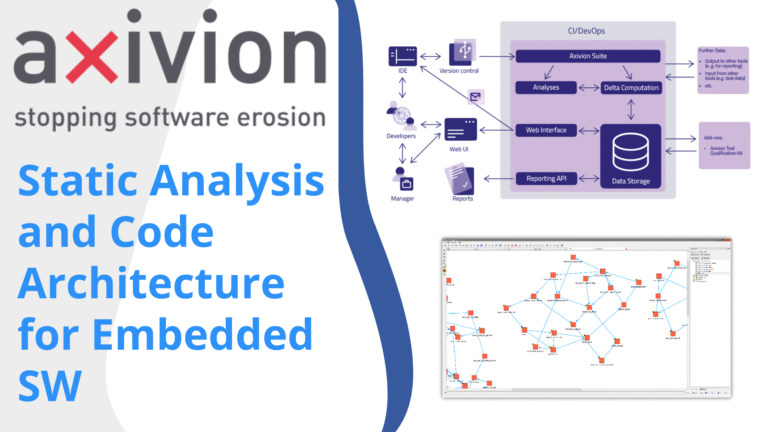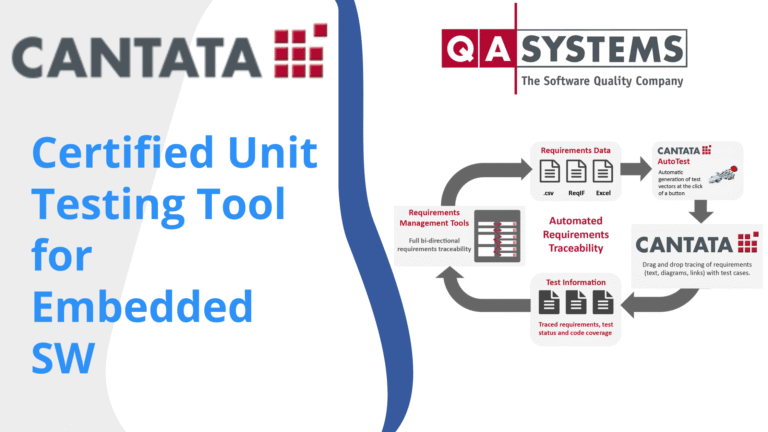Introduction to Lattix Architect for Embedded Software
What is Lattix Architect?
In the landscape of embedded software development, ensuring robust architecture and maintaining high code quality are paramount. Enter Lattix Architect, a powerful tool designed to address these very needs. Lattix Architect stands as a beacon of sophistication in the realm of software architecture, offering a comprehensive solution for designing, visualizing, and enforcing architectural principles, particularly tailored for embedded systems.
At its core, Lattix Architect provides users with a bird’s-eye view of the intricate dependencies interwoven within their source code files. It goes beyond mere visualization, empowering users to actively manage and enforce architectural guidelines. Through a suite of features, developers can establish and enforce rules governing code contributions and updates, ensuring adherence to architectural standards throughout the development lifecycle.
Analyzing Code Quality and Dependencies
Code quality serves as the cornerstone of software reliability and maintainability. Lattix Architect streamlines the process of code quality analysis by providing a range of metrics and insights into the health of a codebase. By delving into metrics such as coupling, cohesion, and cyclomatic complexity, developers can gain a deeper understanding of their codebase’s strengths and weaknesses.
Furthermore, Lattix Architect seamlessly integrates with Continuous Integration/Continuous Deployment (CI/CD) pipelines, enabling developers to incorporate code quality analysis into their automated build and deployment processes. This integration facilitates early detection of issues, allowing teams to address them proactively and maintain a high standard of code quality throughout the development lifecycle.
Design Structure Matrix (DSM)
Central to Lattix Architect’s functionality is the Design Structure Matrix (DSM), a visual representation of the dependencies within a project. Upon uploading a project into Lattix Architect, users are presented with a DSM view that showcases the relationships between various components in a matrix format. This visualization provides invaluable insights into the architecture of the system, highlighting dependencies and potential areas for optimization.
The DSM can be further customized to reflect the architectural hierarchy of the system. By rearranging modules based on their usage and dependencies, developers can gain a clearer understanding of the system’s structure and identify opportunities for refactoring and optimization.
Enforcing Architectural Rules and Cleaning Up
In addition to providing insights into code quality and dependencies, Lattix Architect offers powerful tools for enforcing architectural rules and cleaning up codebase. By defining layering rules within the DSM view, developers can establish guidelines for the organization and structure of their codebase.
Lattix Architect actively enforces these rules by flagging any violations in the DSM view, providing immediate visual feedback to developers. By identifying and addressing architectural violations early in the development process, teams can mitigate technical debt and maintain a clean and maintainable codebase over time.
Conceptual Architecture Diagram (CAD)
Block Diagram View
For developers who prefer a more traditional visual representation, Lattix Architect offers a block diagram view of the project’s architecture. This view provides a high-level overview of the system, depicting components as discrete blocks interconnected to represent dependencies.
Violations of architectural rules are highlighted in red, allowing developers to quickly identify areas requiring attention. The block diagram view serves as a powerful tool for communicating architectural concepts and facilitating discussions among team members.
Graphviz Integration
For open-source enthusiasts, Lattix Architect offers integration with Graphviz, a popular graph visualization tool. This integration enables developers to generate hierarchical graph subsystems from their project’s architecture, providing additional insights into the system’s structure and dependencies.
While Graphviz integration adds an extra layer of functionality to Lattix Architect, it may be more suitable for smaller projects or exploratory analysis due to performance considerations.
Wrapping Up
In conclusion, Lattix Architect stands as a formidable asset for developers working in the embedded software domain. By providing tools for designing, visualizing, and enforcing architectural principles, Lattix Architect empowers teams to maintain high code quality and robust architecture throughout the development lifecycle.
While Lattix Architect may come at a higher price point, its capabilities and value proposition make it a worthwhile investment for teams prioritizing code quality and architectural coherence. Now, if you’re scouting for a more budget-friendly option without compromising on the core features, keep an eye out for our next post on software architecture. We’ll unveil an in-house tool developed by us at Novodes, tailored for analyzing source code layers and dependencies in C/C++. It might lack some bells and whistles but stands strong as a valuable asset.
In the ever-evolving landscape of embedded software development, tools like Lattix Architect play a crucial role in enabling teams to deliver reliable and maintainable software solutions. As we continue to push the boundaries of embedded systems, the importance of robust architecture and code quality cannot be overstated. With Lattix Architect by their side, developers can navigate the complexities of embedded software development with confidence and clarity.





